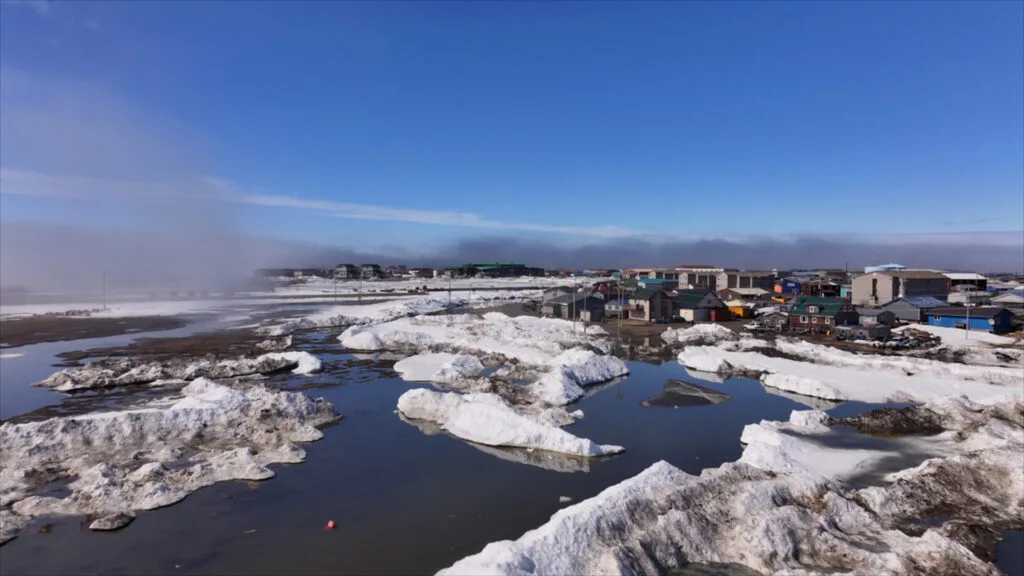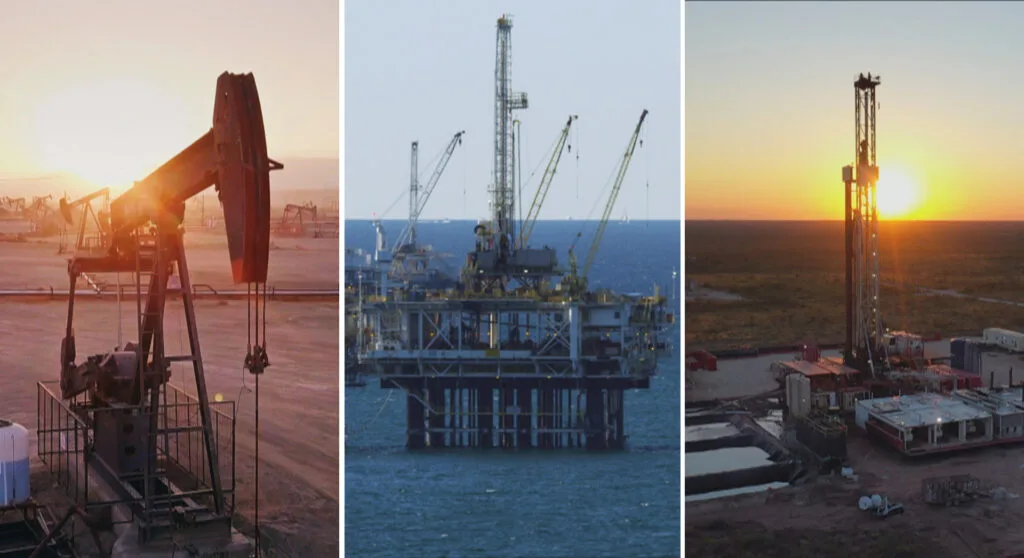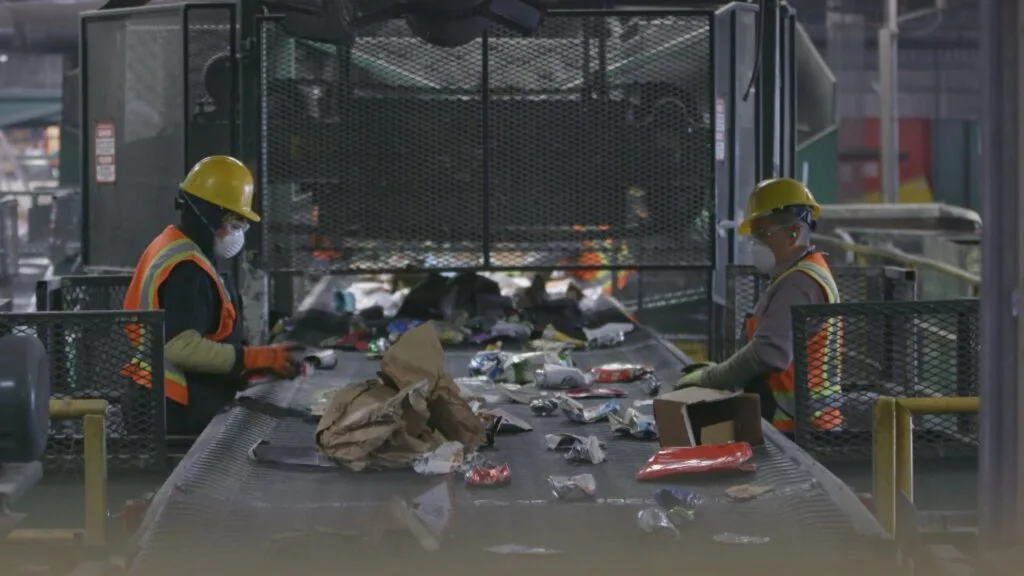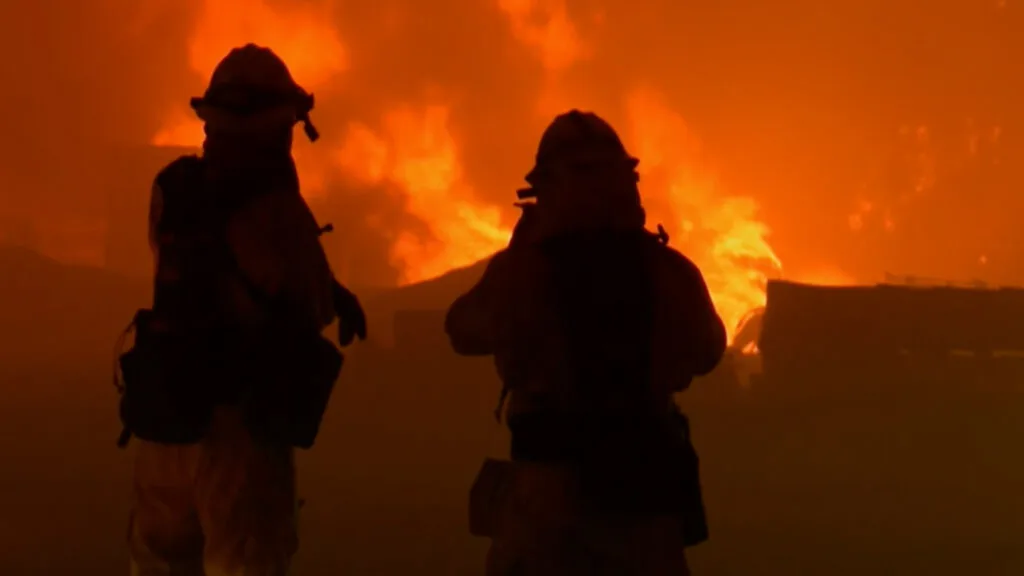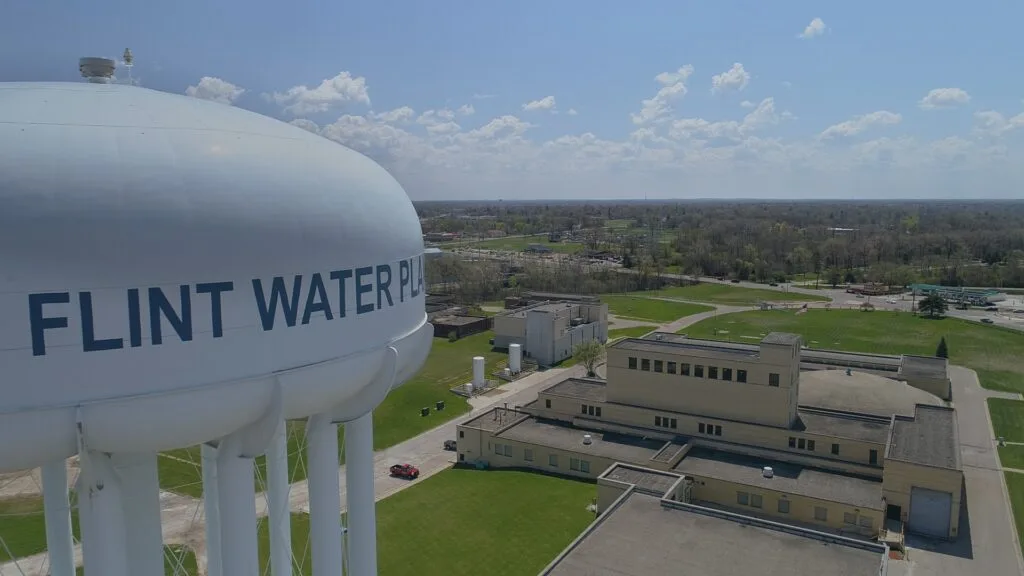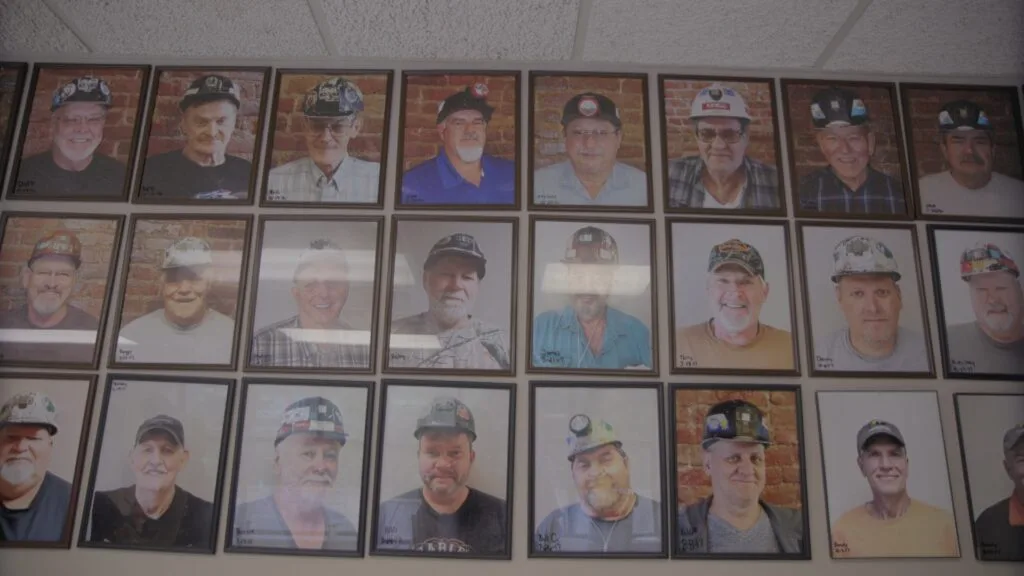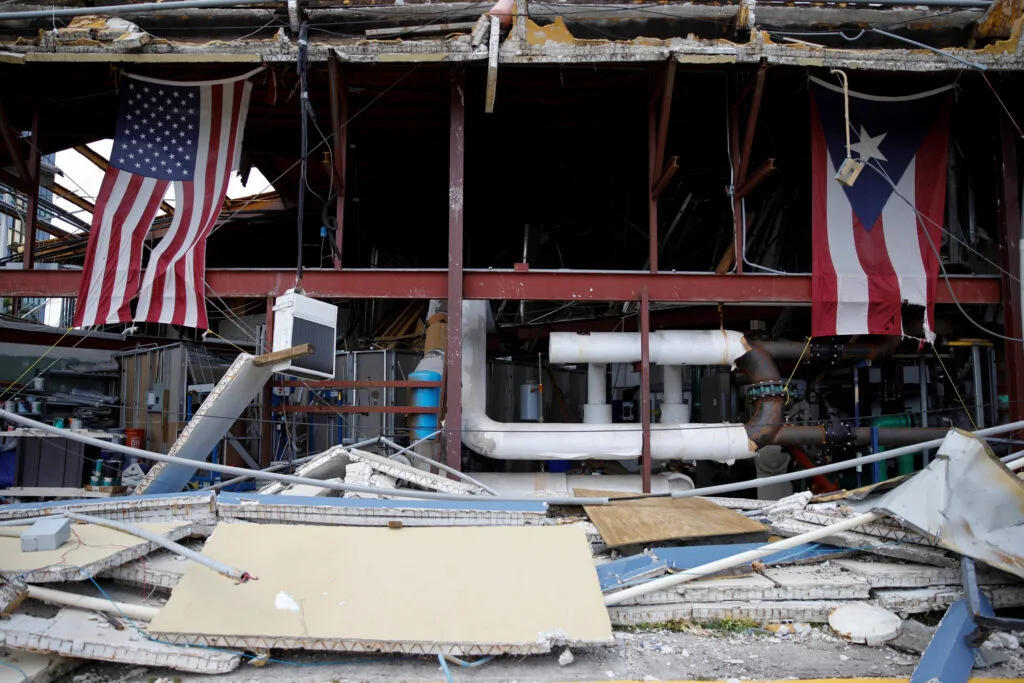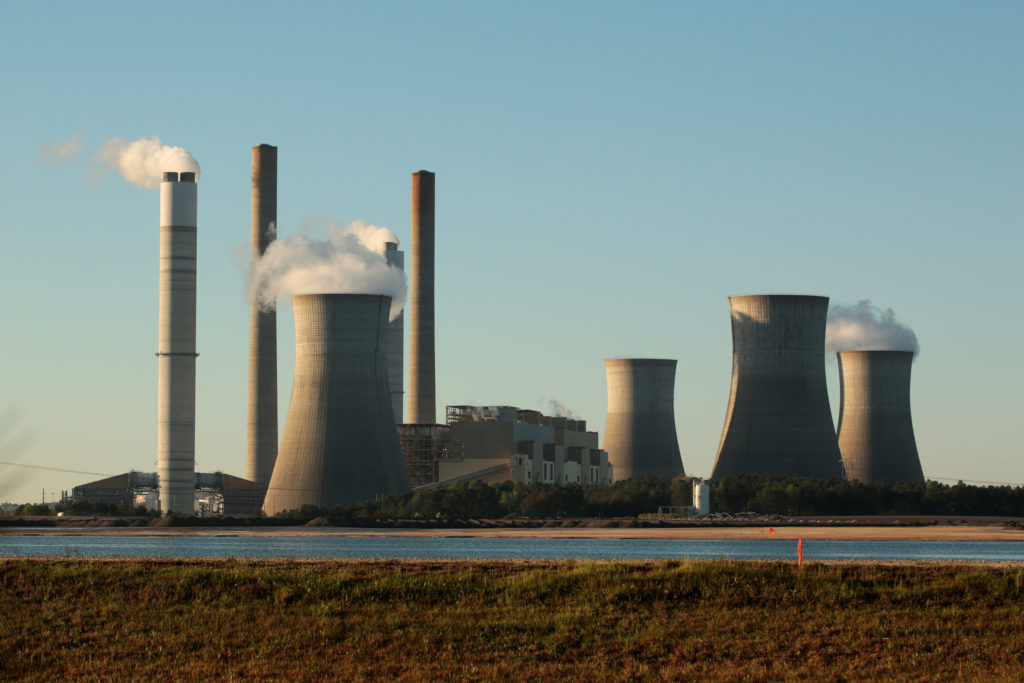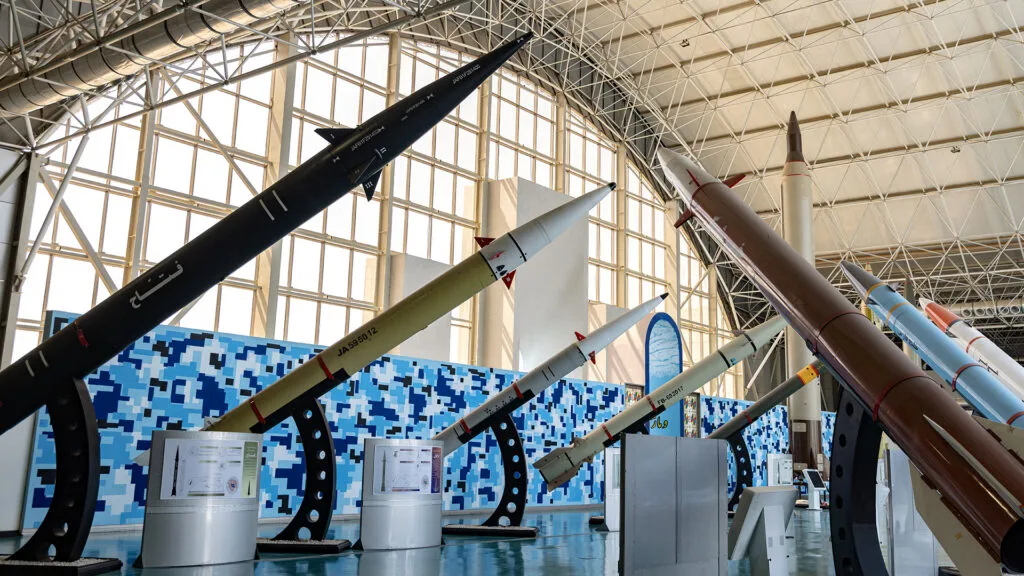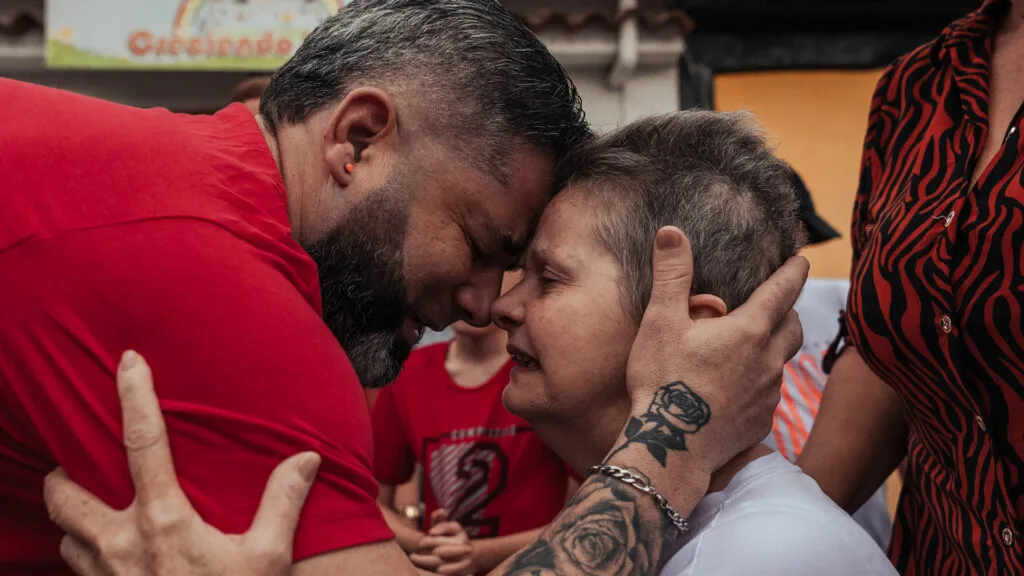Where Are They Now? Updates on People in ‘Maui’s Deadly Firestorm’

January 8, 2025
Share
The Hawaiian town of Lahaina experienced the deadliest U.S. wildfire in more than a century in August 2023, which killed 102 people, displaced thousands and turned the town into ashes. FRONTLINE’s latest documentary Maui’s Deadly Firestorm investigates concerns raised in the years before the fire about preparedness and wildfire prevention and critical missteps in the response, while also featuring the stories of Lahaina residents affected by the fire.
Here we take a look at what has happened in their lives since the documentary was filmed, and examine efforts to rebuild and prepare for future wildfires.
Where the Residents Are Now
In December, FRONTLINE spoke to the residents featured in the film again about how they’re recovering from the fire. Many still grapple with the aftermath of the tragedy, with some facing difficulties rebuilding their homes while others have had to relocate out of Lahaina. Here’s what they shared.
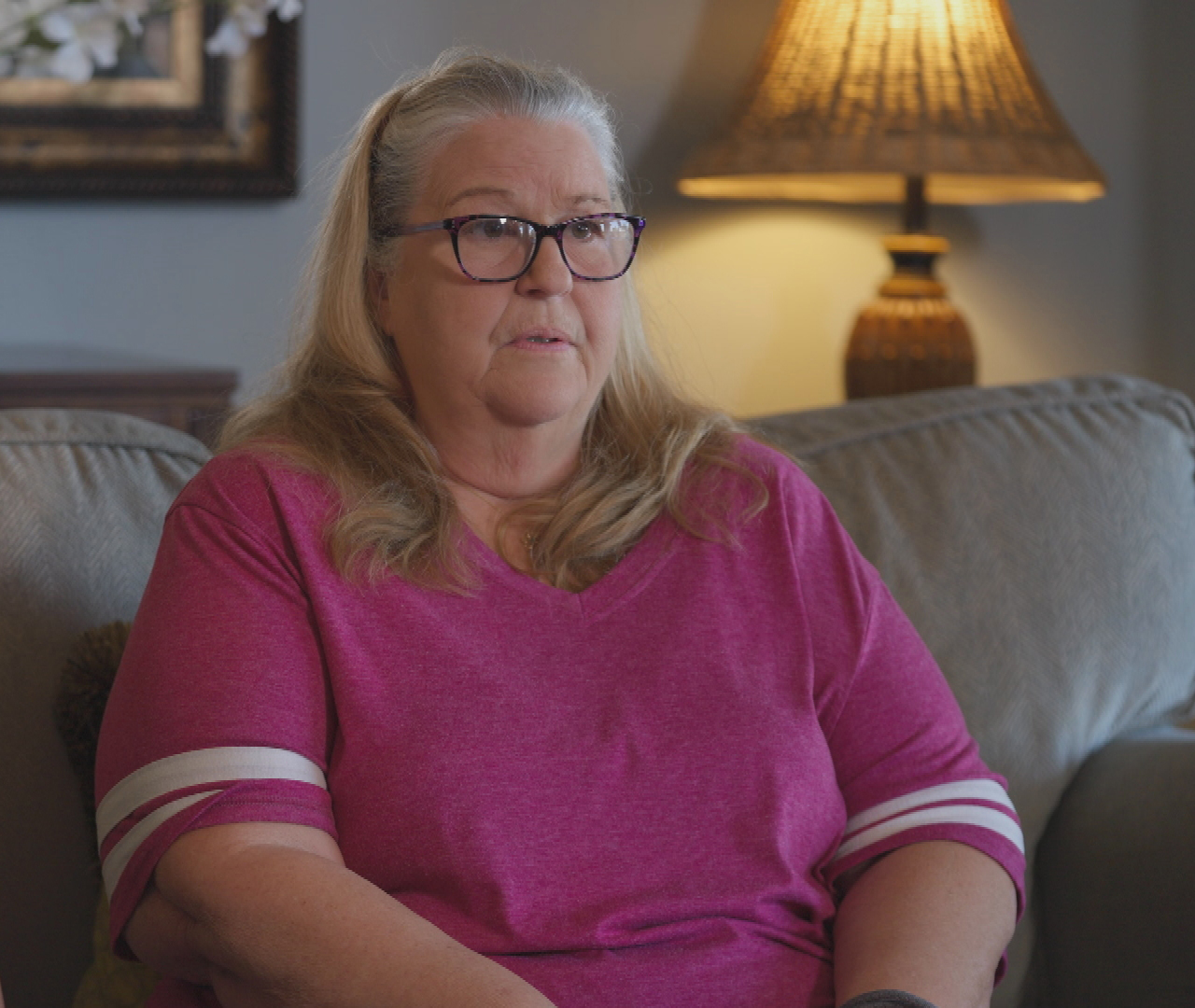
Kuhua Camp resident Peggy Balisco said her family is still renting a home in Maui. She said she is conflicted about rebuilding their home in Kuhua Camp because she’s not sure if enough has been done to prevent another tragedy. Her family considered moving to the U.S. mainland, but they “realized there is no place like Maui.” She feels rebuilding seems to be their only choice.
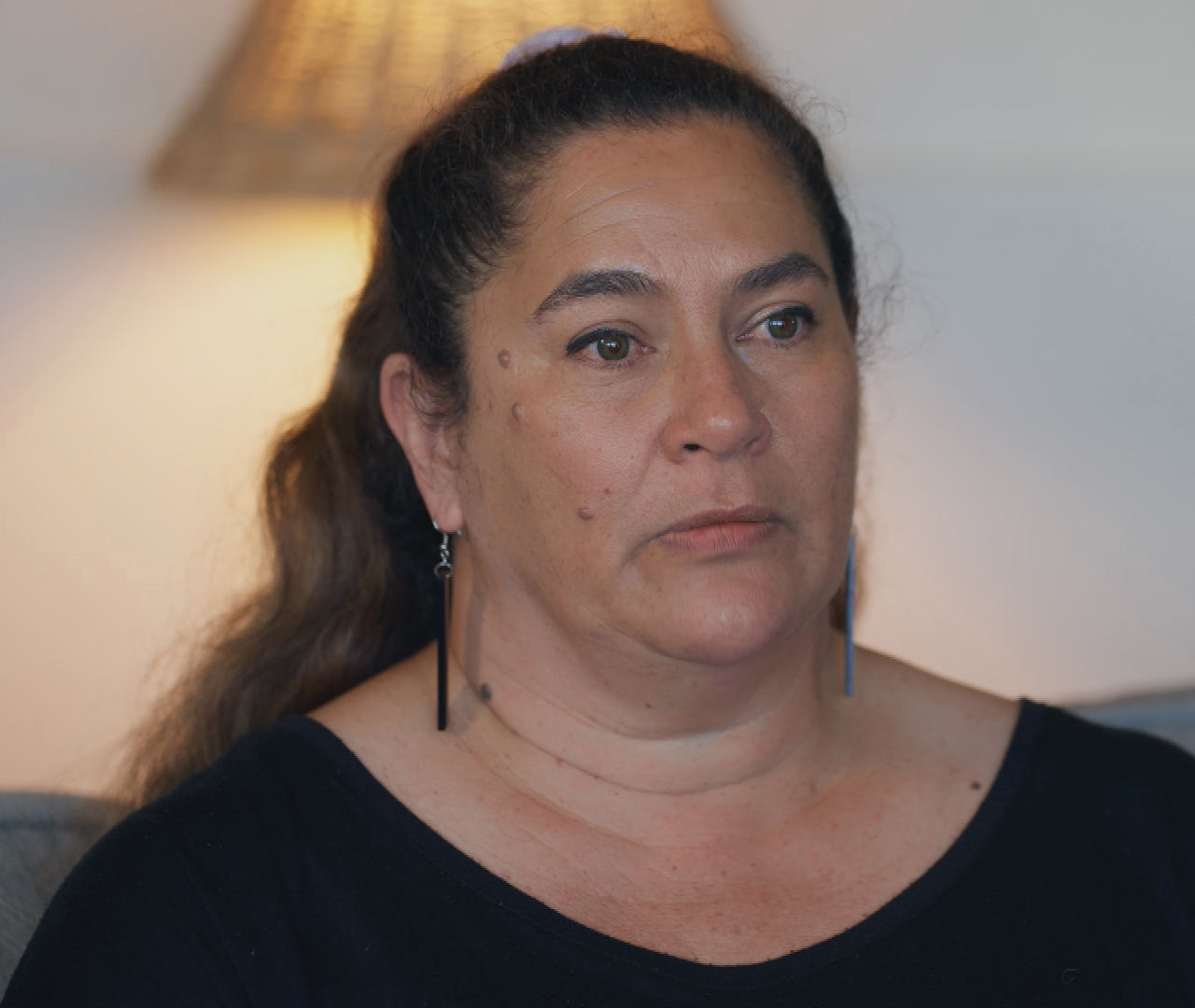
For more than a month, U’i Kahue’s family and another lived in Kuhua Camp in gazebos with inflatable mattresses, using solar lights and a generator for electricity. She said they were the first ones to return to live in the burned remains of their neighborhood. Their living conditions improved when their RV arrived, and they had access to a shower, air conditioning and a flushing toilet. Kahue said they hope to rebuild soon, but she anticipated there may be some challenges.
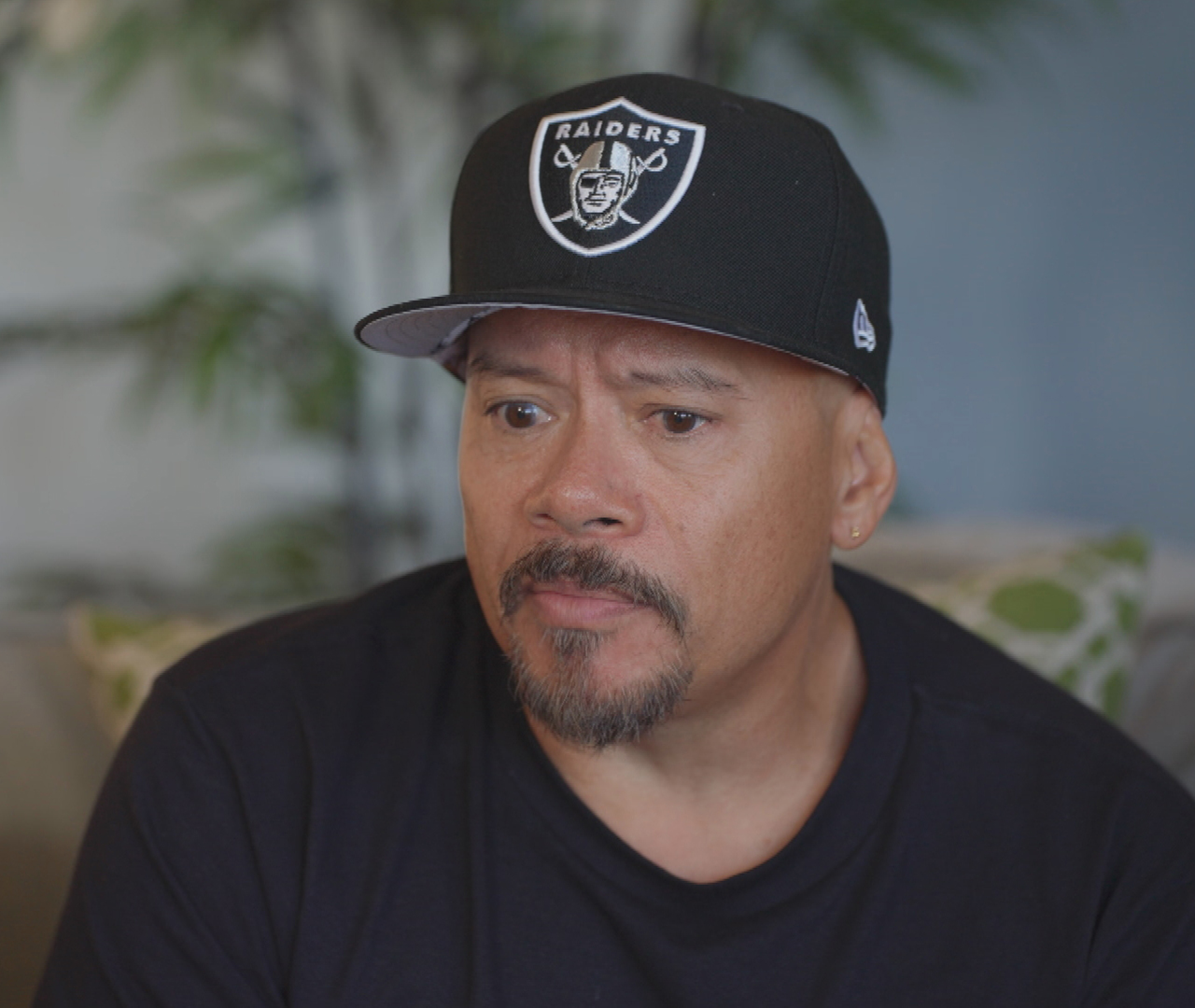
Andrew Amano said his family is also planning to rebuild in Kuhua Camp, and that they already have house plans and a layout. Amano said many of his neighbors also plan to rebuild, but some have already bought new houses elsewhere.
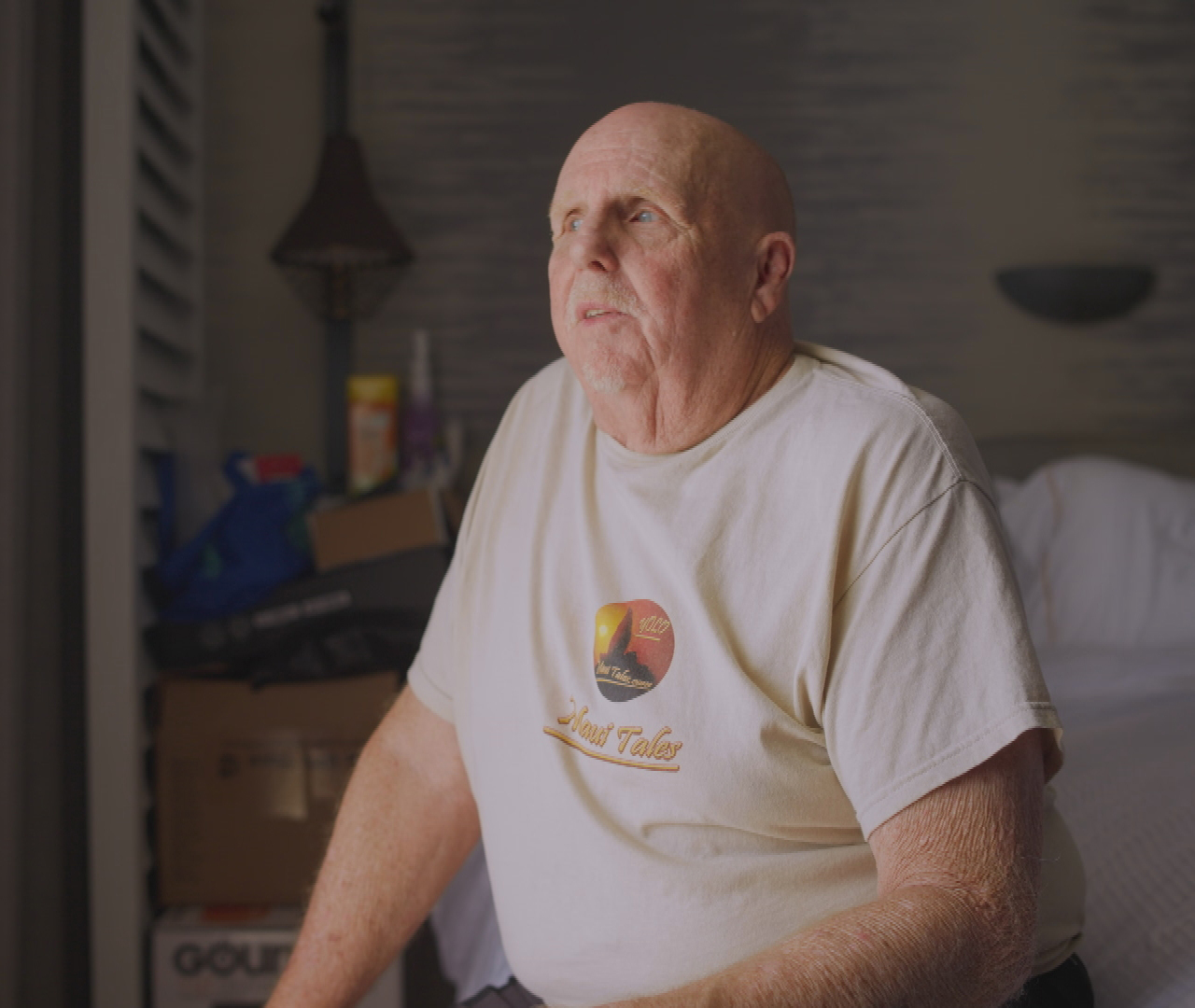
Sanford Hill told FRONTLINE he had to relocate to Kauai, a Hawaiian island northwest of Maui, due to a lack of housing availability. He said the transition has been difficult — especially dealing with post-traumatic stress disorder, which he is working through in therapy. Hill fears that without proper preventative measures similar disasters might occur again.
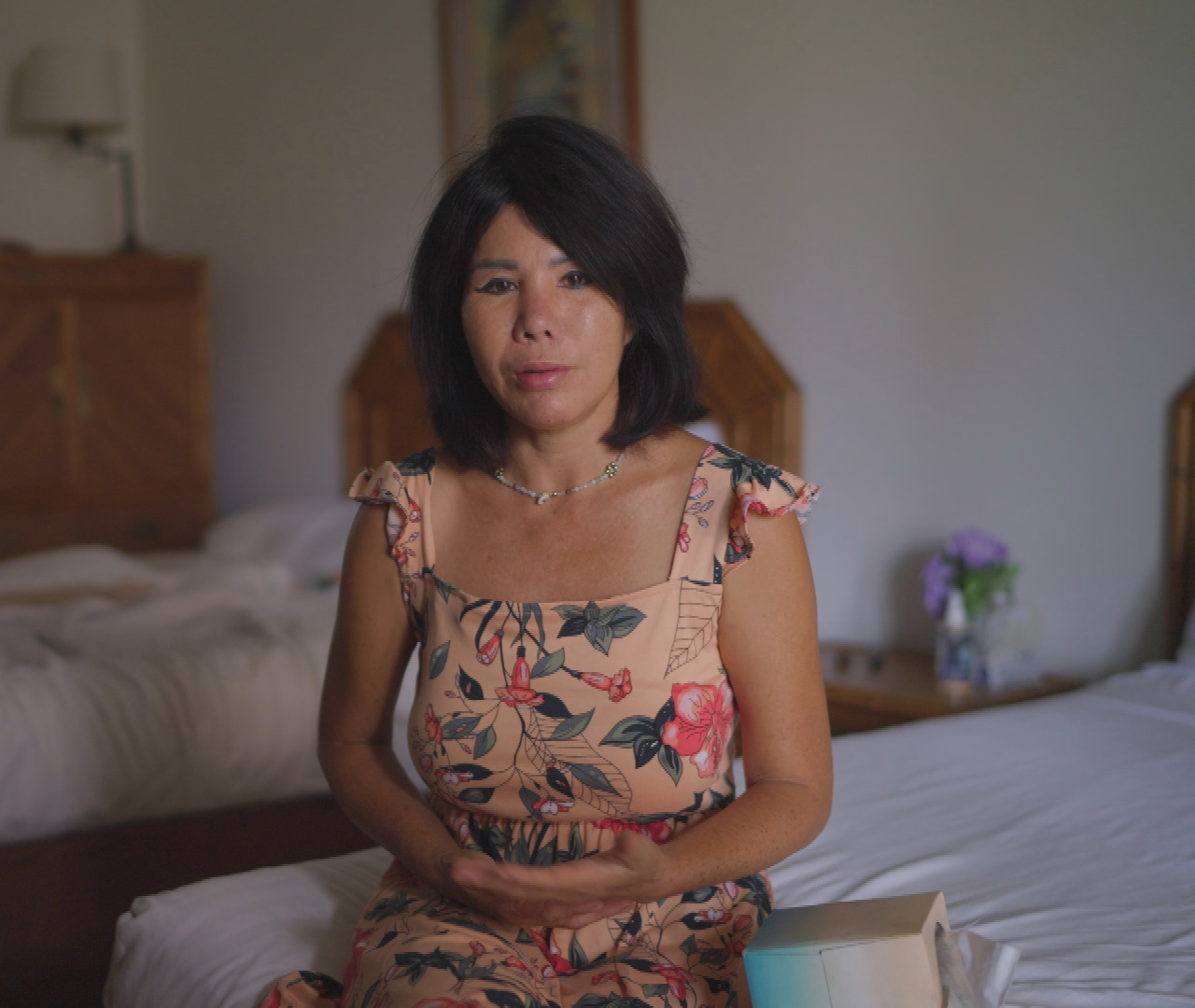
In the year since the fire, Lahaina resident Lily Nguyen has moved to various locations. She said the Hawai‘i Interim Housing Program provided her with a place to stay in Kihei, an area around 20 miles from Lahaina, in September. She hopes to open her restaurant, which had burned down in Lahaina, in Kihei — but she’s waiting for a permit.
Read more: How Filmmakers Documented the Response and Aftermath of ‘Maui’s Deadly Firestorm’
Preparation for Wildfires
Wildfires remain an ongoing risk for Maui. In the last year and a half, state and local authorities have taken steps to address the chaotic nature of the response to the 2023 wildfire and have begun to implement measures to prevent a future disaster.
At the state level, Hawai‘i has established a state fire marshal position and deployed fire sensors — devices that would detect changes and send fire alerts to authorities.
On the island, the Maui Emergency Management Agency has added staff and appointed a new administrator.
Hawaiian Electric has launched a power safety shutoff program across the state, which would allow them to preemptively switch off power ahead of extreme weather, and upgraded more than 2,000 utility poles to reduce the chance that their equipment would ignite fires.
Read more: Responses From Maui Authorities Regarding the Devastating August 2023 Wildfire
Rebuilding Efforts
Maui had been facing a shortage of long-term housing even before thousands of Lahaina residents lost their homes in the fire. The fire further exacerbated the issue, and a study commissioned by the Federal Emergency Management Agency (FEMA) found that median rent increased 44% between early 2023 and June 2024.
In July, the Maui Planning Commission, a body that, among other things, advises the county’s leadership on land use, recommended the approval of a bill that would convert more than 7,000 short-term rentals to long-term housing. The move would help address the acute shortage of housing for displaced wildfire survivors.
For a year and a half, FEMA has leased homes for nearly 1,200 families who survived the 2023 fire and provided another 500 families with subsidies. But starting this March, families may be required to pay rent — determined by their financial situation — to stay in FEMA’s temporary housing. FEMA’s housing assistance program is currently set to expire in February 2026.
On the rebuilding front, the County of Maui consulted residents affected by the fire to create a guide to long-term rebuilding and recovery that includes projects on affordable housing, infrastructure, health and social services and economic recovery. The county’s Mayor Richard Bissen, Jr. wrote that the plan “will serve as a crucial tool to identify funding sources and ensure that recovery efforts are carried out in a sustainable and resilient manner.”
It is not yet clear whether Hale Mahaolu Eono, the senior housing complex where Sanford Hill used to live, will be rebuilt. Many of its former residents have scattered across different parts of the island and the state, with some even relocating to the U.S. mainland.
In August 2024, a $4 billion settlement was announced by the Hawai‘i governor’s office, which would settle over 600 cases brought against various defendants — although there was no admission of liability. Insurance companies, who already paid out over $2 billion in claims, are fighting the settlement in Hawai‘i’s Supreme Court, arguing that the proposed settlement would bar them from seeking reimbursement for their payouts from the state, county, Hawaiian Electric and several large landowners. A ruling is expected in early 2025.
Watch the full documentary Maui’s Deadly Firestorm:
Xinyan Yu, Christina Avalos, Koralie Barrau and Kelsey Rightnowar contributed reporting to this story.
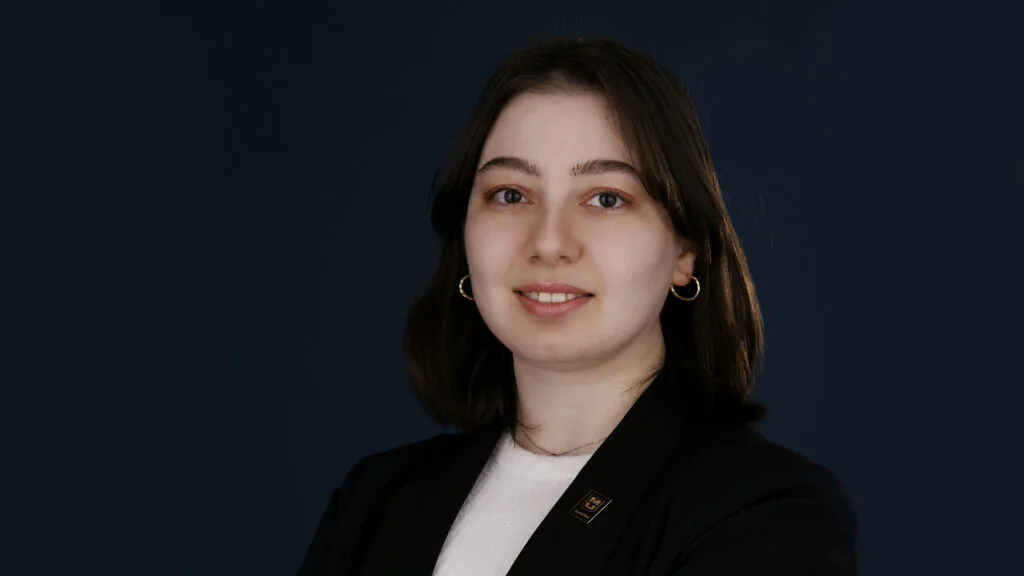
Related Documentaries
Latest Documentaries
Related Stories
Related Stories
Explore
Policies
Teacher Center
Funding for FRONTLINE is provided through the support of PBS viewers and by the Corporation for Public Broadcasting, with major support from Ford Foundation. Additional funding is provided the Abrams Foundation, Park Foundation, John D. and Catherine T. MacArthur Foundation, Heising-Simons Foundation, and the FRONTLINE Trust, with major support from Jon and Jo Ann Hagler on behalf of the Jon L. Hagler Foundation, and additional support from Koo and Patricia Yuen. FRONTLINE is a registered trademark of WGBH Educational Foundation. Web Site Copyright ©1995-2025 WGBH Educational Foundation. PBS is a 501(c)(3) not-for-profit organization.

